The Art of Perfect Buttermilk Fried Chicken
42 min read Master ultra-juicy fried chicken with a tangy buttermilk soak, smart seasoning, and cast-iron technique - plus oil temperature tips, crunch secrets, and cultural notes from Southern kitchens. October 12, 2025 09:09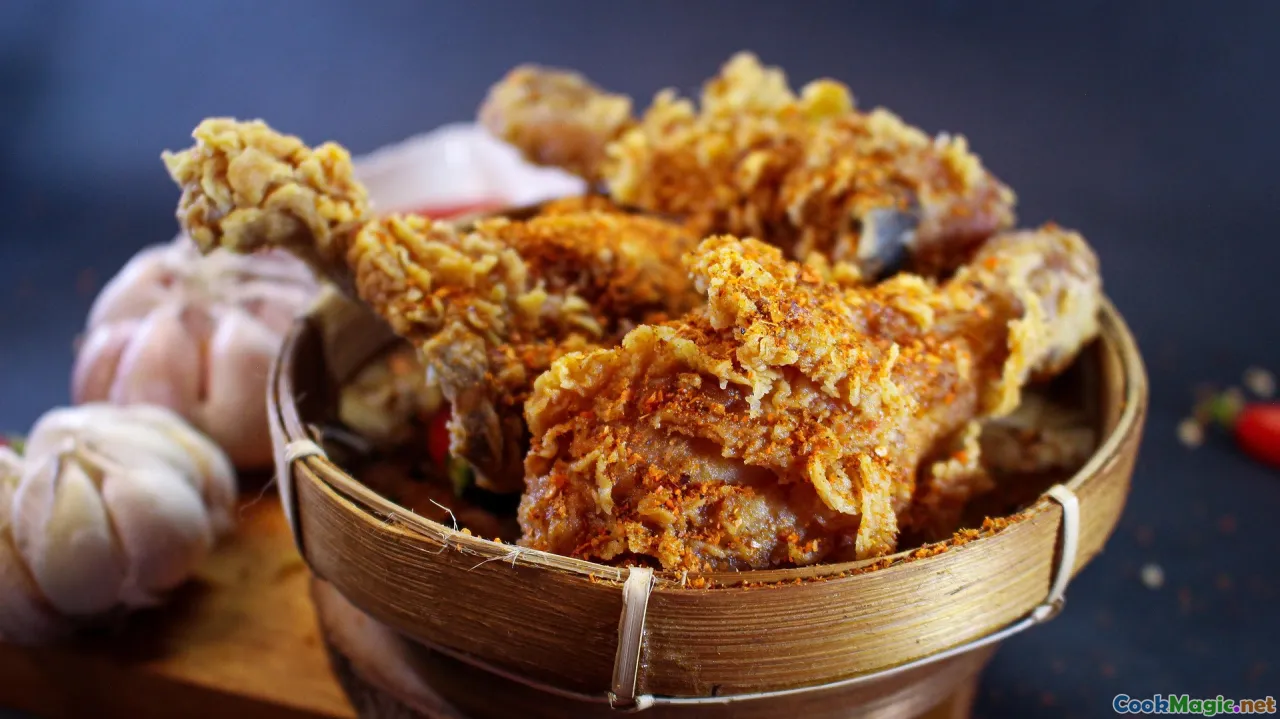
The first time I watched my grandmother fry chicken, I learned the difference between food that fills you and food that holds you. The skillet was a black, well-seasoned comet on the burner, the house smelled like roasted corn, warm pepper, and a promise. I can still hear the hush-hiss of thighs easing into hot lard, a sound that meant it was Sunday and neighbors would somehow appear right as the first batch cooled on brown paper. She would tip the chicken to listen, leaning in with the patience of someone who trusted the bird and the pan to tell her when to turn, when to salt, when to wait. In her hands, buttermilk fried chicken became less a dish and more a language.
In Southern kitchens, that language is alive and evolving. It is specific: the weight of the skillet, the smell of the oil, the way a spoon leaves a trench in the flour bowl. It is also intimate and expansive: a recipe inherited, a memory shared, a region’s history told through heat. This is the art of perfect buttermilk fried chicken—how it tastes, how it feels, where it comes from, and how to carry it forward with respect.
The Heritage in a Skillet

The South’s fried chicken is not simply about crunch and spice; it is a braided story. Scottish immigrants brought the technique of pan-frying chicken in fat; West Africans brought an expansive spice palette, deep culinary knowledge, and ingenuity under oppression. Enslaved Black cooks stitched those strands together, seasoning and frying birds with skill that transformed a practical method into a cultural emblem. In the Jim Crow era, fried chicken traveled well and could be eaten cold, which mattered for Black families on dangerous roads. That portability turned a Sunday staple into both sustenance and sanctuary.
If you walk into Willie Mae’s Scotch House in New Orleans, the evidence is audible: a gentle crack as your teeth break the lacquered crust, then the steamy billow of seasoned juice. Head to Gus’s in Mason, Tennessee, and you’ll meet a cayenne-warm, copper-tinted crust served with white bread and slaw—fire and comfort in one bite. In Nashville at Prince’s, hot chicken is a dare and a love letter, a slick of spiced paste blooming red against a coarse, craggy coat. These places don’t just serve chicken; they serve memory.
Buttermilk enters this story later, championed by home cooks who knew the power of thrift. When you churn butter, you’re left with a tangy, thin dairy that tenderizes and seasons like a kindly aunt who also packs a switch. The lactic tang loves chicken, coaxing it tender without turning it mushy. Many of us remember a mason jar of buttermilk on the top shelf of the fridge, a curtain of condensation running down the side while a hen soaks up a quiet miracle overnight.
Why Buttermilk Matters: Science and Soul

If fried chicken were a string quartet, buttermilk would be the viola—subtle, supportive, and essential to harmony. Its acidity, generally around pH 4.5, helps break down some proteins on the surface of the chicken, increasing water-holding capacity so the meat stays juicy. The calcium in buttermilk also activates enzymes in the chicken that tenderize without the harshness of stronger acids like lemon or vinegar. The lactose and milk solids take the heat well, participating in the Maillard reaction to deepen color and flavor.
Salt is the co-conspirator. For true seasoning, salt must penetrate. Dissolving salt into your buttermilk brine lets it migrate past the surface, seasoning the meat all the way to the bone. Aim for roughly 1.5–2 percent salt by weight of the chicken. If your chicken weighs 1.5 kilograms, that is 22–30 grams of salt. Use scales when you can, but if you must measure by spoon, understand the brand differences: Diamond Crystal kosher salt is coarser and lighter by volume than Morton’s. A tablespoon of Diamond Crystal is about 10 grams; Morton’s is about 18 grams.
Buttermilk also cares how long you linger. A short soak—4 to 6 hours—adds brightness and tenderness. Overnight, 12 to 24 hours, gets you full flavor and a plumper, juicier bite. Beyond 24, you risk a mushy exterior. Somewhere between a Sunday nap and a good night’s sleep is your sweet spot.
The soul side is just as real. Buttermilk tastes like something older than scale-precise cooking, like a whisper from a cook who never wrote things down but could season a skillet by instinct. You can smell its tang when you open the bowl. When you pull the chicken from its bath, it clings in a velvety coat—already half a promise.
Choosing the Bird and the Cut

Start with a good bird. A smaller chicken—around 3.5 to 4 pounds—delivers the juiciest fried pieces. Larger birds work, but their breasts are prone to drying before the bone-in thighs finish. If you can, buy a whole bird and cut it yourself. You will learn the anatomy by feel, and you will ensure even sizing.
Pieces to consider:
- Thighs, bone-in, skin-on: deep chicken flavor, forgiving in the oil, happiest at a higher final temp (175–185°F) for a silkier texture.
- Drumsticks: classic picnic piece, easy to handle, cooks similarly to thighs.
- Wings: party pleasers, cook fast, crisp like a dream.
- Breasts, bone-in and skin-on: juicy if handled right; target 160–165°F to avoid chalkiness.
Smart cooks trim excess skin flaps to avoid greasy pockets and expose more surface for crust. Patting the chicken dry before brining helps the buttermilk cling and avoids diluting your brine.
What about air-chilled versus water-chilled chicken? Air-chilled birds typically retain less excess water, which means less spatter and better browning. They also tend to have firmer texture. If you can find one, it is worth the slight upcharge.
Essential Tools: Cast Iron, Thermometer, and a Cool Rack

Fried chicken rewards simple, sturdy tools. At minimum:
- A heavy 12-inch cast iron skillet or a Dutch oven: cast iron’s heat retention keeps your oil temperature steadier when you add cold chicken.
- A clip-on or instant-read thermometer: your oil temperature should be consistent; your chicken’s internal temperature matters most.
- A wire rack set over a sheet pan: the rack lifts the chicken so steam can escape, preserving the crisp.
- Long tongs or a spider skimmer: gentle handling keeps the crust intact.
- Brown paper or parchment for resting between batches; use the wire rack for the final rest.
Use enough oil to come about halfway up your pieces—roughly ¾ to 1 inch in a skillet. Peanut oil is a favorite for its high smoke point and clean, slightly nutty finish. A blend of peanut oil and a scoop of leaf lard gives you the closest thing to the subtle, savory roundness you get in older Southern kitchens. Never fill a pot past halfway with oil. Keep a lid nearby to smother flare-ups. Respect the heat.
Seasoning That Sings: Building Flavor in Layers
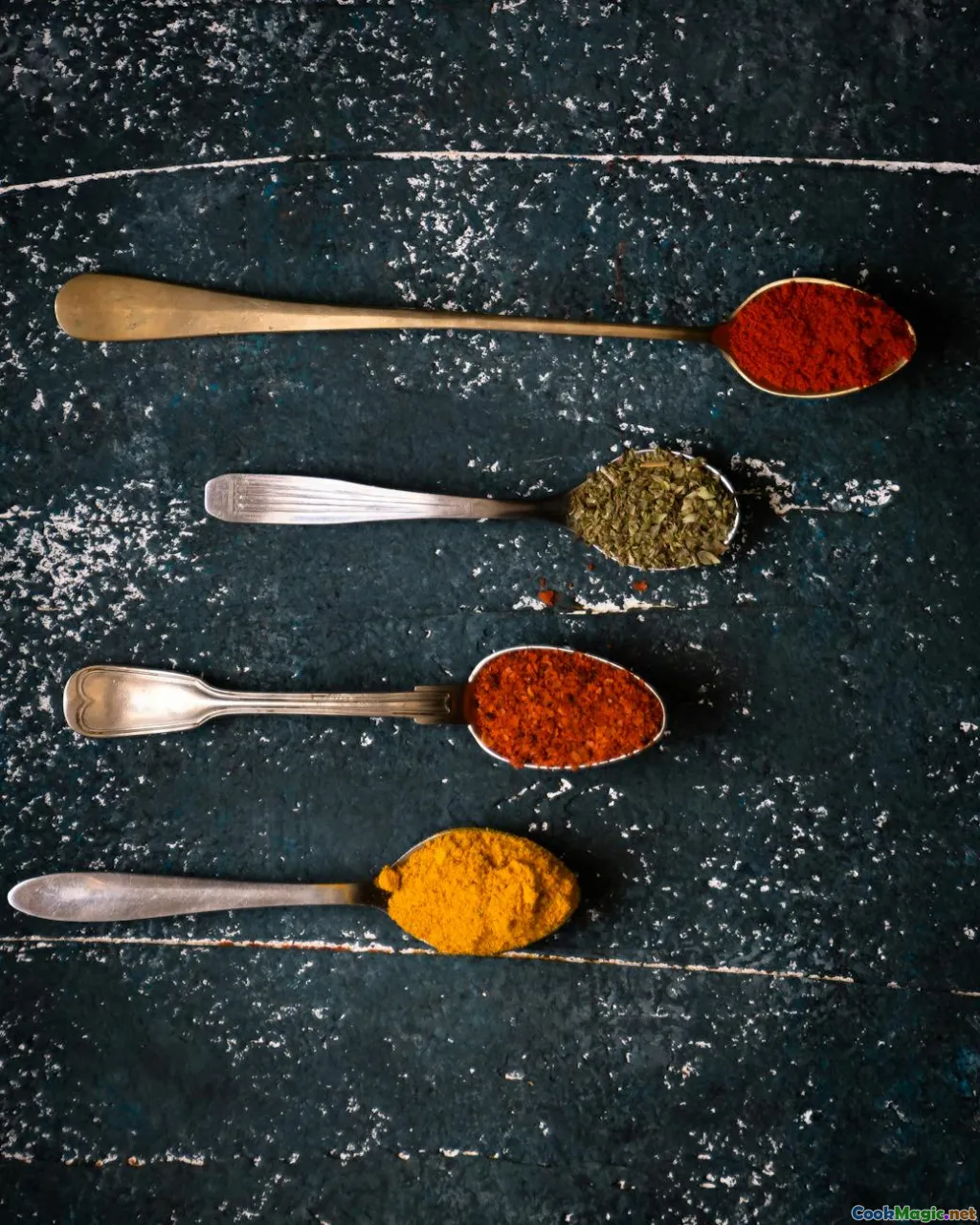
Perfect fried chicken is seasoned three times: in the brine, in the dredge, and after the fry. Each step should be confident but not trying to do the entire job.
In the buttermilk, salt is non-negotiable. Add a slow burn with hot sauce—Texas Pete or Crystal are Southern staples—both for flavor and a touch of added acidity. A spoonful of honey or sugar balances tang and aids browning.
In the dredge, bring the choir: black pepper for piney heat, cayenne for a focused zing, paprika for color and sweetness, garlic and onion powder for savory bass notes, and mustard powder for a faintly nose-tingling brightness. White pepper adds a peppery hum you feel in your sinuses more than on your tongue. A tsp or two of MSG is optional but effective; it deepens savor without making the crust taste processed if you balance salt correctly.
Post-fry seasoning is a chance to personalize. A dusting of salt and pepper is the classic move. For a gentle hum, toss a pinch of cayenne with fine salt and a whisper of sugar and sprinkle while the chicken rests. If you want a Nashville-leaning finish, whisk hot oil or melted lard with cayenne, paprika, a splash of brown sugar, and a pinch of garlic powder, then brush it on. Your kitchen will flash red and smell like a honky-tonk at midnight.
The Buttermilk Brine: Formula and Variations

A reliable base brine for 1.5–2 kg chicken pieces:
- 3 cups cultured buttermilk
- 1 cup cold water (thins slightly to maximize diffusion)
- 24–32 g kosher salt (about 2–3 tbsp Diamond Crystal; 1.5–2 tbsp Morton’s)
- 2 tbsp hot sauce (Crystal, Texas Pete, or similar)
- 1 tbsp honey or sugar
- 1 tsp smoked paprika or sweet paprika
- Optional: 2 smashed garlic cloves, a few sprigs of thyme, 1 tsp freshly cracked black pepper
Whisk until the salt is fully dissolved. Add the chicken, making sure each piece is submerged. If needed, use a zip-top bag and press out the air. Refrigerate 8–12 hours for ideal balance; up to 24 if you like a little more tang and tenderness.
Variations to consider:
- Pickle-juice kiss: add 2–4 tbsp of dill pickle brine. It lends salinity and a subtle herbal, garlic twang that conjures summer.
- Ranch-ish: add minced chives and dill, cracked pepper, and a hint of buttermilk powder for a green fleck and herbaceous aroma.
- Spice route: whisk in 1 tsp ground coriander and ½ tsp turmeric for a gentle citrus-earth note that plays beautifully with hot honey.
When the soak is done, let the excess drip off but do not rinse. That tangy film is a glue for your dredge.
Flour Power: Dredges, Starches, and the Craggy Coat

Crust is architecture. What we crave is a topography of rugged crags that stay shatteringly crisp even as steam tries to soften them. All-purpose flour is your base. Additions make it sing.
Start with a 4:1 ratio of flour to starch for the dry mix—4 cups all-purpose flour to 1 cup cornstarch. Cornstarch lowers the gluten and promotes a lighter, crispier crust. Rice flour works similarly and adds a glassy crunch. Potato starch brings a different, sometimes more brittle snap; a blend of cornstarch and rice flour yields a craveable crunch with a tender bite beneath.
Season the dredge heavily. Salt should be present but not overwhelming; 1.5–2 tbsp Diamond Crystal or 1–1.25 tbsp Morton’s per 5 cups of mix is a good start. Add 2 tsp black pepper, 1–2 tsp cayenne (adjust to taste), 1 tbsp paprika, 2 tsp garlic powder, 2 tsp onion powder, and 1 tsp mustard powder. Whisk to distribute evenly, then use your hands to break any lumps.
For drama: make flour pearls. Sprinkle 2–3 tbsp of the buttermilk brine into the flour and toss with your fingertips until it forms little pebbles. These hydrate just enough to stick to the chicken and fry into those crunchy, irregular boulders that catch the light and the seasoning.
Dredge technique matters. Work with one hand wet, one hand dry. Lift a piece from the buttermilk, let excess drip, then bury it in your flour. Press the flour into all the nooks. Shake off the excess, dip back into buttermilk for a blink, and dredge again for a double coat that will survive a rowdy fry. Lay each piece on a rack and let it rest 10–15 minutes so the flour hydrates; a dull, slightly tacky surface tells you the crust is ready to fry.
Frying: Temperature, Timing, and the Music of Bubbles
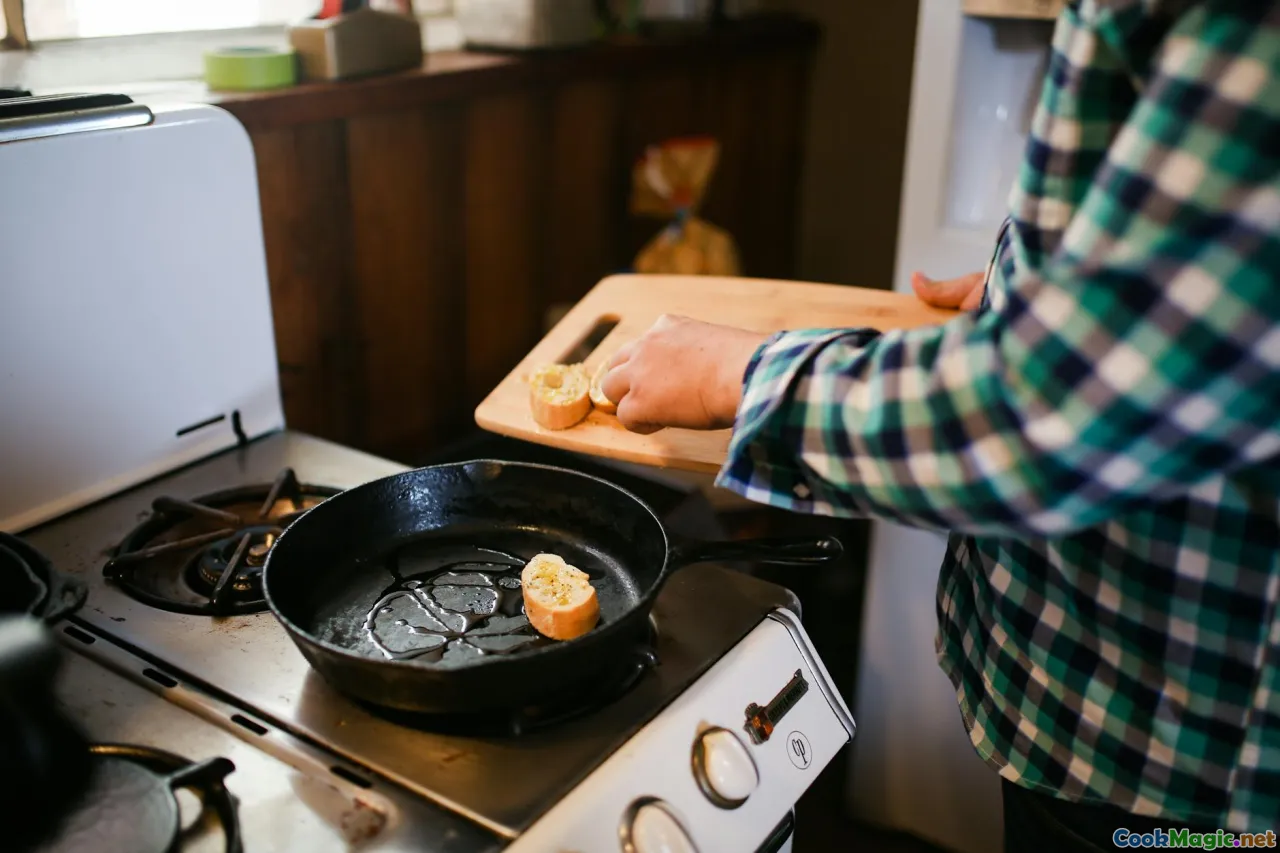
Heat your oil to 330–340°F for dark meat and 325–335°F for breast meat. Your goal is an average cook temp around 315–325°F—hot enough for a golden crust, gentle enough to cook to the bone without burning. A Dutch oven holds temperature more securely; a cast iron skillet offers that photogenic sizzle and pan intimacy with the trade-off of faster heat swings.
Introduce the chicken gently, skin side down, laying it away from you so oil doesn’t splash. Listen. A joyful sizzle with a steady stream of rice-sized bubbles means you are at the right heat. If the bubbles roar and the crust browns too fast within 90 seconds, you are too hot. If the oil looks lazy and flat, bump the heat.
Cook times vary by piece size and oil depth:
- Thighs and drumsticks: 10–14 minutes, flipping once halfway, or until 175–185°F internally.
- Breasts (bone-in): 8–12 minutes, targeting 160–165°F.
- Wings: 6–8 minutes.
Crowding is the enemy. Fry in batches, leaving space around each piece so the oil can circulate. Between batches, skim out any floating sediment with a spider to keep the oil clean and the crust from tasting burnt.
Let each piece drain briefly over the pan, then transfer to a wire rack on a sheet tray in a warm oven (250°F) if you need to hold. Resist paper towels for the final rest; they create steam pockets that soften your hard-won crust.
Resting, Finishing, and Holding: The Quiet Secrets
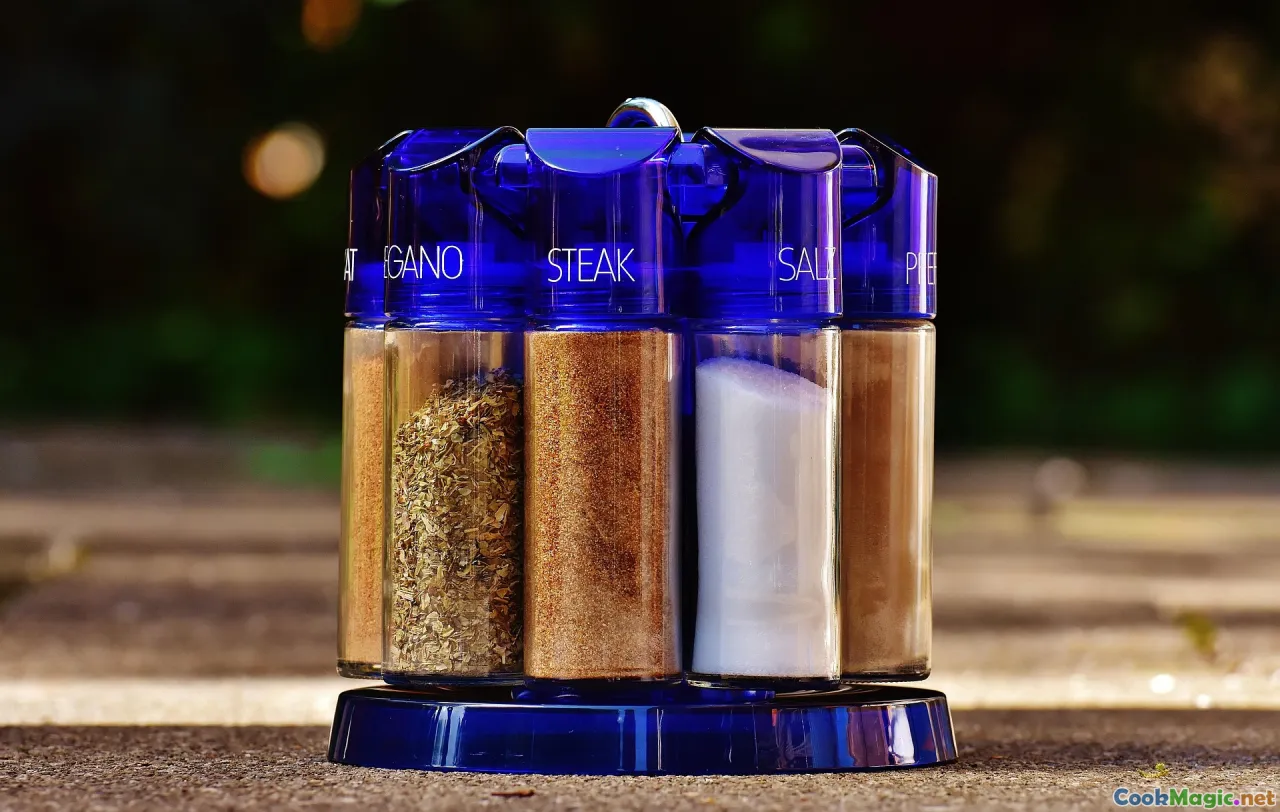
Good fried chicken has a cool-down arc. Right out of the oil, the crust is fragile and steam is racing to escape. Give the chicken 5–7 minutes on the rack before you move it. The crust will set, the juices will redistribute, and the sound—tap the edge with a fingernail—will change from soft thud to snappy click.
Finish while warm. Sprinkle with a light shower of fine salt, black pepper, and a hint of cayenne-sugar if you want a whisper of sweet heat. For hot chicken, brush a warm spice paste made by whisking ¼ cup hot frying oil with 1–2 tbsp cayenne, 1 tsp paprika, ½ tsp garlic powder, 1 tsp brown sugar, and a pinch of salt. The paste should bloom brick-red and smell like a devilish candy shop.
Holding is possible but imperfect. In a 200–250°F oven, chicken will stay crisp for about 30–40 minutes. After that, the crust begins to soften. If you need more time, cook the chicken to just under your target temperature and finish in the oven right before serving.
A Cook’s Recipe: Buttermilk Fried Chicken for a Sunday Table
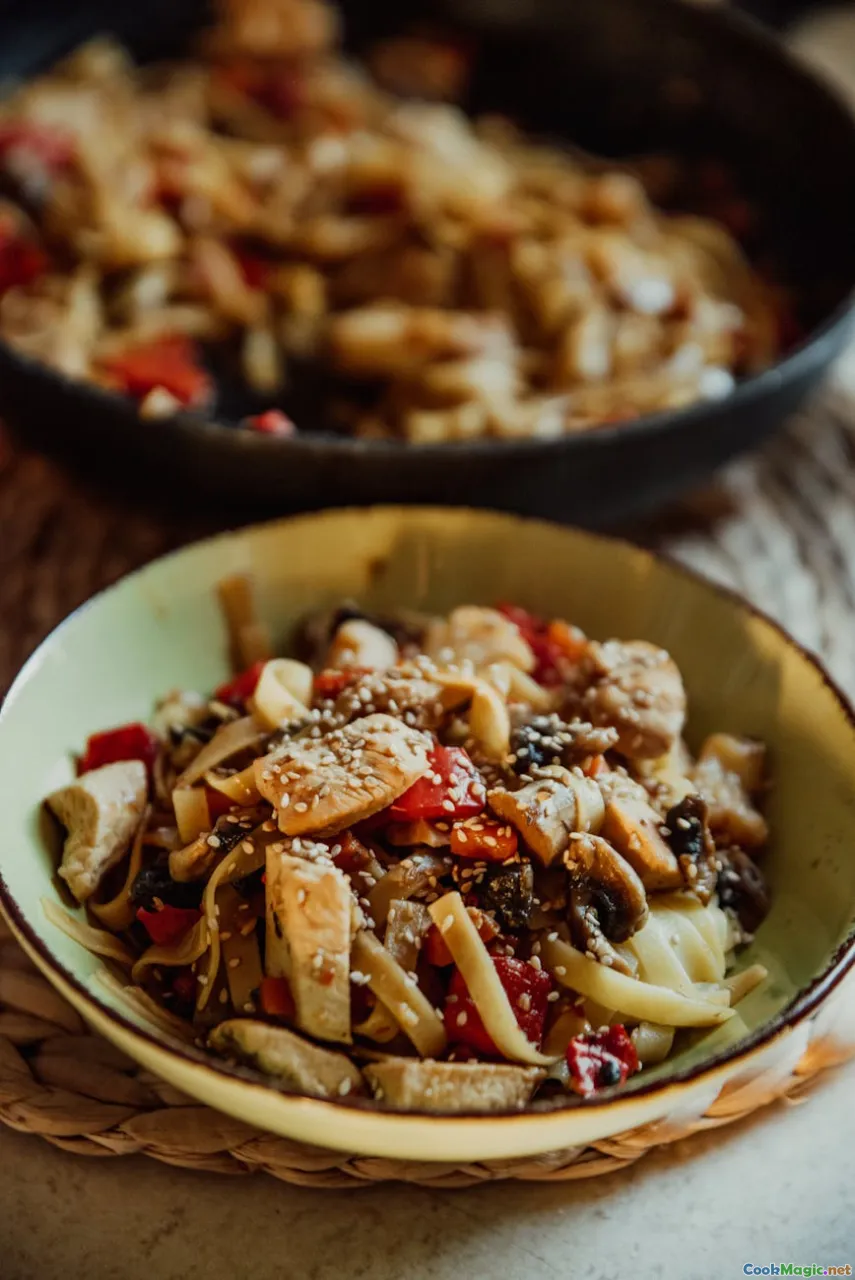
Serves 4–6
Ingredients
For the chicken and brine:
- 1 whole chicken (about 3.5–4 lb), cut into 10 pieces (2 breasts halved, 2 thighs, 2 drumsticks, 2 wings)
- 3 cups cultured buttermilk
- 1 cup cold water
- 28 g kosher salt (about 2.75 tbsp Diamond Crystal or 1.5 tbsp Morton’s)
- 2 tbsp hot sauce (Crystal or Texas Pete)
- 1 tbsp honey or white sugar
- 2 garlic cloves, smashed
- 1 tsp freshly ground black pepper
For the dredge:
- 4 cups all-purpose flour
- 1 cup cornstarch (or ½ cup cornstarch + ½ cup rice flour)
- 1.5–2 tbsp Diamond Crystal kosher salt (or 1–1.25 tbsp Morton’s)
- 2 tsp black pepper
- 1–2 tsp cayenne (to taste)
- 1 tbsp paprika (sweet or smoked)
- 2 tsp garlic powder
- 2 tsp onion powder
- 1 tsp dry mustard powder
- Optional: 1 tsp MSG
For frying and finishing:
- 1.5–2 quarts peanut oil, or a blend of peanut oil and ½ cup leaf lard
- Fine salt, black pepper, pinch of sugar and cayenne for finishing
- Optional hot paste: ¼ cup hot frying oil, 1–2 tbsp cayenne, 1 tsp paprika, ½ tsp garlic powder, 1 tsp brown sugar, pinch of salt
Method
- Brine the chicken
- In a large bowl, whisk the buttermilk, water, salt, hot sauce, honey, garlic, and black pepper until the salt dissolves.
- Add the chicken pieces and submerge. Cover and refrigerate 8–12 hours (up to 24).
- Mix the dredge
- In a wide, shallow bowl, whisk together flour, cornstarch, salt, black pepper, cayenne, paprika, garlic powder, onion powder, and mustard powder.
- Sprinkle in 2–3 tbsp of the buttermilk brine and toss with your fingers to create small pebbles.
- Dredge the chicken
- Set up a wire rack over a sheet pan.
- One piece at a time, lift chicken from the brine, letting excess drip off. Lay it in the dredge and press firmly to coat all sides. Shake off excess. Dip back into the buttermilk briefly and dredge again for a double coat.
- Place on the rack and rest 10–15 minutes. The flour will hydrate and cling.
- Heat the oil
- Pour oil into a large cast iron skillet or Dutch oven to a depth of ¾–1 inch, no more than halfway up the vessel.
- Heat to 330–340°F for dark meat, 325–335°F for breast meat. Adjust heat to maintain an average around 315–325°F as you fry.
- Fry in batches
- Begin with thighs and drumsticks. Lay pieces in gently, skin side down. Do not crowd.
- Fry 5–7 minutes, then turn and fry another 5–7 minutes, or until internal temperature is 175–185°F and the crust is deep gold.
- Transfer to a wire rack. Sprinkle a pinch of finishing salt mixture while warm.
- Fry breasts to 160–165°F, wings to 175–180°F.
- Finish and serve
- For Nashville-style heat, whisk the hot paste and brush it over the chicken while warm.
- Serve with quick pickles, white bread, and a drizzle of hot honey if you like a sweet-heat counterpoint.
Notes
- Oil safety: Keep the pot no more than halfway full. If a flare-up occurs, cover with a lid and cut the heat; do not use water.
- Temperature matters: Use a thermometer both for the oil and the meat. Trust the numbers over the clock.
- Leftovers: Refrigerate uncovered until cold, then cover. Recrisp on a wire rack at 375°F for 10–12 minutes.
Troubleshooting Guide: From Soggy to Sublime
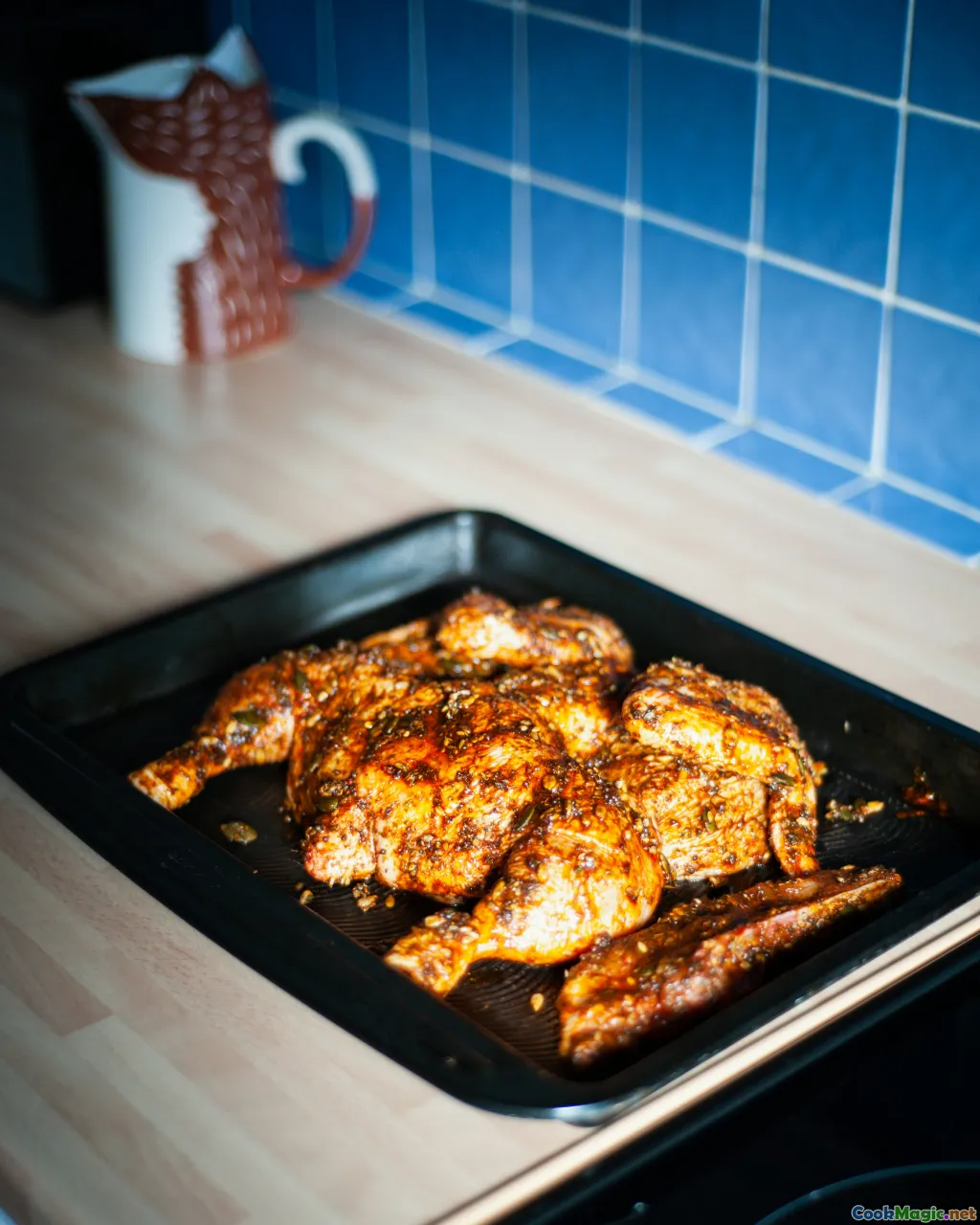
- Soggy crust: You skipped the rack or didn’t rest the dredged chicken. Always rest dredged pieces 10–15 minutes and cool finished chicken on a wire rack, not paper towels. Keep batches warm in a low oven with air circulation.
- Blond, limp crust: Oil too cool or pan overcrowded. Fry in smaller batches, return oil to temp between batches, and keep average fry temp above 310°F.
- Burnt crust, undercooked meat: Oil too hot. Lower the heat; for thick pieces, aim for a starting oil temp near 325°F and let it drift down to the low 300s.
- Crust sloughs off: Wet dredge, no pressing, or rough handling. Let buttermilk drip off before dredging, press flour firmly, then turn with tongs at the joint rather than grabbing the crust.
- Too salty: You doubled salt in the brine and dredge or measured Morton’s by volume like Diamond Crystal. Mind brand differences. Taste the dredge; it should be savory but not briny. Reduce post-fry salt if the brine is on the assertive side.
- Dry breast meat: Overcooked or over-brined. Pull at 160–165°F and rest. If cooking with dark meat, fry breasts in a separate batch at a slightly lower oil temperature.
- Greasy chicken: Oil too cool or crust too thin. Maintain temp and use a double dredge. Let oil fully drain before moving to the rack.
Regional Plates and Inspirations: From Mason to Nashville to New Orleans
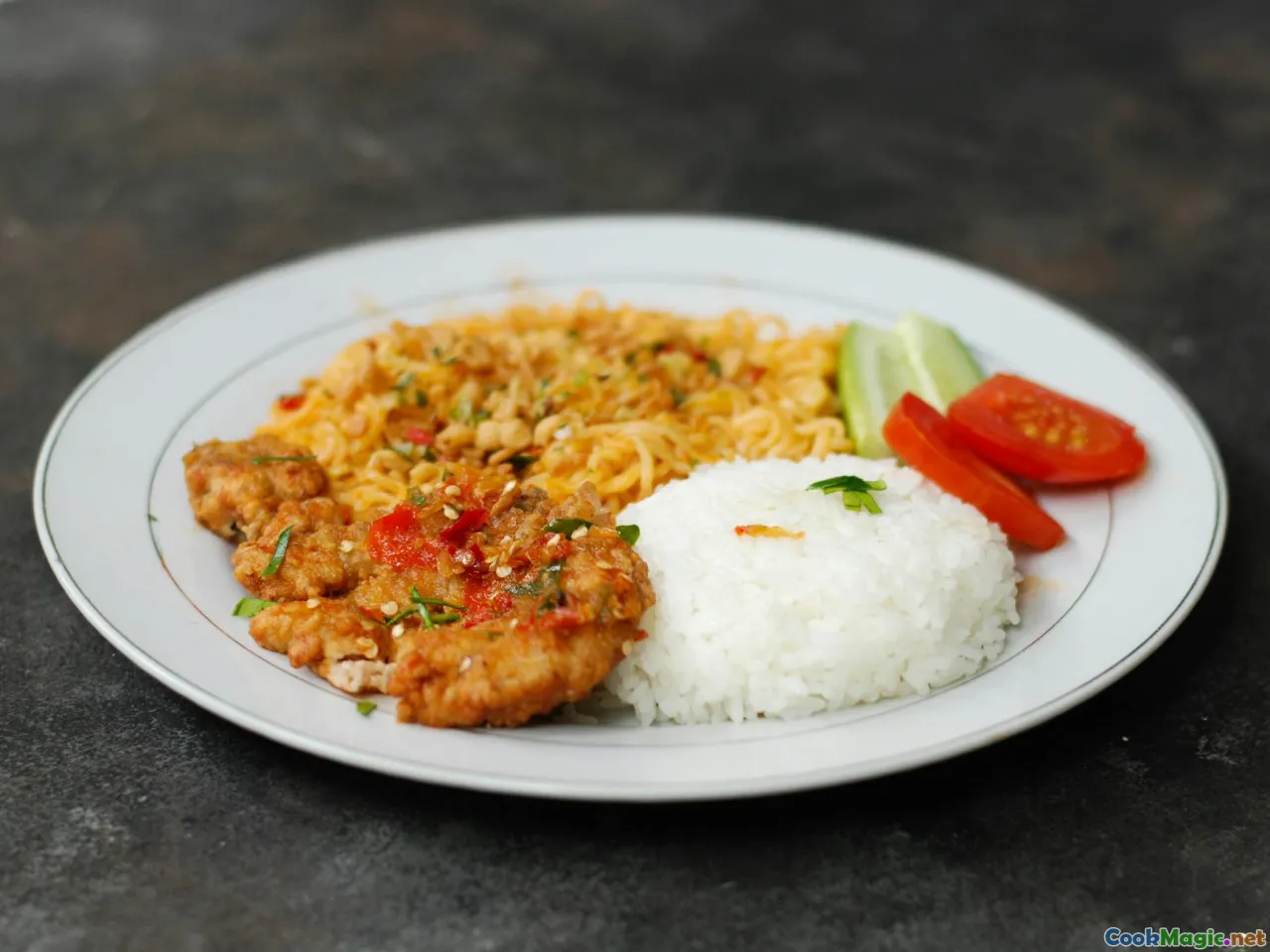
Southern fried chicken wears different accents across the region.
-
Gus’s World Famous Fried Chicken (Mason, TN): A cayenne-forward flavor that permeates the meat, arriving in a copper-tinged crust. It lands on the table with baked beans and slaw, plus a slice of white bread that sops up any extra spice. The heat is insistent but friendly, the crunch a thin glass that cracks then gives way to juicy meat.
-
Prince’s Hot Chicken (Nashville, TN): Nashville hot is a post-fry revelation. The fried bird is painted with a paste of hot oil and spices, blooming cinnamon-red and perfuming the air with smoke and pepper. Served with pickles and white bread, it stings and soothes in waves.
-
Willie Mae’s Scotch House (New Orleans, LA): The crust is audibly brittle yet strangely tender, seasoned all the way through, the meat steaming and fragrant. The seasoning isn’t a punch in the mouth; it is a confident hum that makes you reach for another piece before you realize your fingers are shining.
At home, you can borrow and blend. Paint a Nashville-style paste on your own buttermilk chicken, but cut the cayenne with paprika and brown sugar for a rounder burn. Season your dredge like Gus’s with a higher cayenne-to-paprika ratio and a hint of white pepper. Or keep the spice gentle and let the buttermilk tang carry the day, serving with lemon wedges to brighten each bite.
Sides, Condiments, and the Pleasure of Contrast

Fried chicken loves contrast: hot and cold, crisp and creamy, sweet and sharp. Think about the supporting cast the way a band thinks about rhythm and bass.
- Biscuits: Split them right as they come out of the oven to let steam escape so the crust stays flaky. Brush with melted butter and a spoon of sorghum or honey if you want extra hush on the plate.
- Collard greens: Braise with smoked turkey, not just ham, for a clean smokiness that doesn’t muddy the chicken. A splash of cider vinegar at the end wakes the pot liquor.
- Slaw: Thinly slice green and purple cabbage, toss with buttermilk, Duke’s mayo, cider vinegar, sugar, and celery seed. Chill hard so it meets the chicken icy and crisp.
- Quick pickles: Cucumber rounds soaked in rice vinegar, sugar, and salt with lots of dill and cracked pepper. Cool, tart, and crunchy—they cut through the fat like a fiddle.
- Hot honey: Warm honey with a pinch of cayenne, a splash of cider vinegar, and a nub of butter. Drizzle over a wing and watch eyes widen.
- White bread: Not fancy. A slice underneath catches spice paste and chicken drippings, becoming its own quiet course.
Sauces can be controversial. Purists reach only for salt. Others want a tangy dip: Alabama white sauce—mayo, vinegar, horseradish, black pepper—does unholy things to a wing in the best way. A tobacco-amber bottle of Crystal on the table lets guests calibrate heat bite by bite.
Comparison: Skillet Fry vs. Dutch Oven vs. Air Fryer
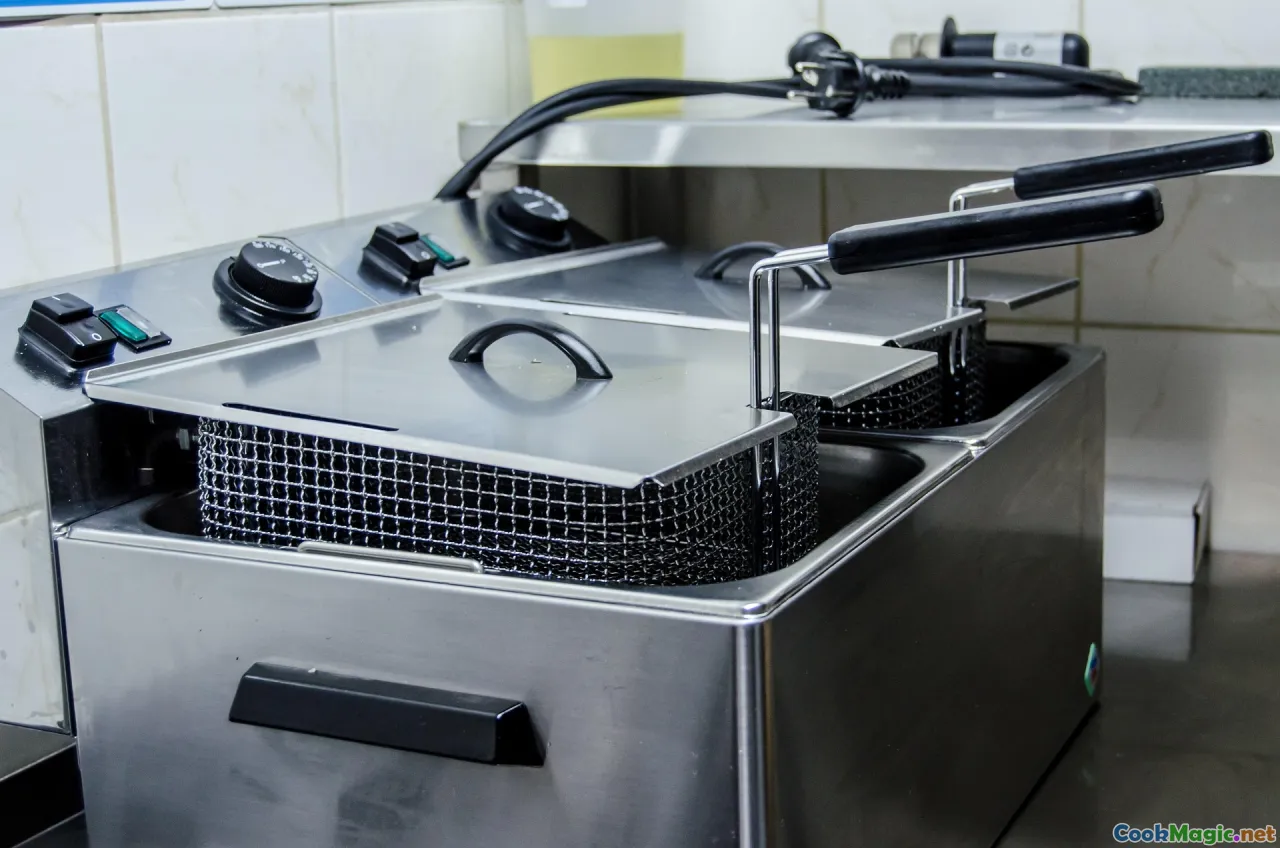
- Skillet fry (shallow fry): The most traditional. You get that couronne of crunch where the oil line meets the air, and you can monitor color at a glance. Heat swings are more dramatic; you must pay attention.
- Dutch oven (deeper fry): Great heat stability. Pieces cook more evenly, and you can do slightly larger batches. Crust texture is a touch more uniform, less rugged around the edges.
- Air fryer: Convenient and clean, with impressive browning when preheated and used with a light spray of oil. But without the same oil bath, the flavor lacks that plush, savory depth of real frying. A decent weeknight proxy; not a replacement for Sunday.
If flavor is king, the skillet or Dutch oven wins. If convenience is queen, an air fryer wears a friendly crown, especially for reheating leftovers back to something that snaps.
A Little Kitchen Science: The Sounds and Smells of Done

Your senses are instruments. Listen for the sizzle to soften slightly as moisture cooks out; the pitch drops as pieces approach doneness. Watch the edges for a deep gold that reads more toasted wheat than pale sand. Smell the oil; clean oil smells like warm peanuts or sweet corn. Dark, acrid whiffs suggest burnt flour bits—time to skim.
A thermometer is not negotiable, but when the numbers say 180°F and your gut says it needs one more minute, listen to both. Pierce a thigh at the joint; the juices should run clear, not pink. Lift a piece: that weight tells you something—raw chicken feels heavy-wet; cooked chicken feels balanced, with a gentle lightness in the wrist.
Personal Notes From Southern Roads

I learned an important lesson in a small town in Georgia where two diners faced each other like arguing cousins. At one, the cook dredged straight from the fridge, just-brined pieces hitting the flour icy cold. The crust seized beautifully, but the meat, especially on the breasts, struggled to catch up, leaving a pale line near the bone. Across the road, the cook staged her pieces—out of the brine, dredged, then rested at cool room temperature for 15 minutes before the oil. Her crust looked less dramatic going in, but coming out it had that stained-glass crackle and the meat cooked through with no hurry.
In Birmingham, I watched a line cook make flour pebbles with almost maternal care, misting the bowl and tossing like salad until the flour looked like moon rocks. He said it was his aunt’s trick from Selma. In New Orleans, a cook turned the burner down just a whisper as he flipped his first batch. The room smelled like nutty brown butter and smoke; color deepened without the angry hiss—control disguised as calm.
And in my grandmother’s kitchen, there was a rule: the first wing goes to the person who set the table. Rituals like that stitch a meal to a memory. Buttermilk fried chicken is a plate of little rituals that add up to something larger than appetite.
Tips for Scaling Up for a Crowd
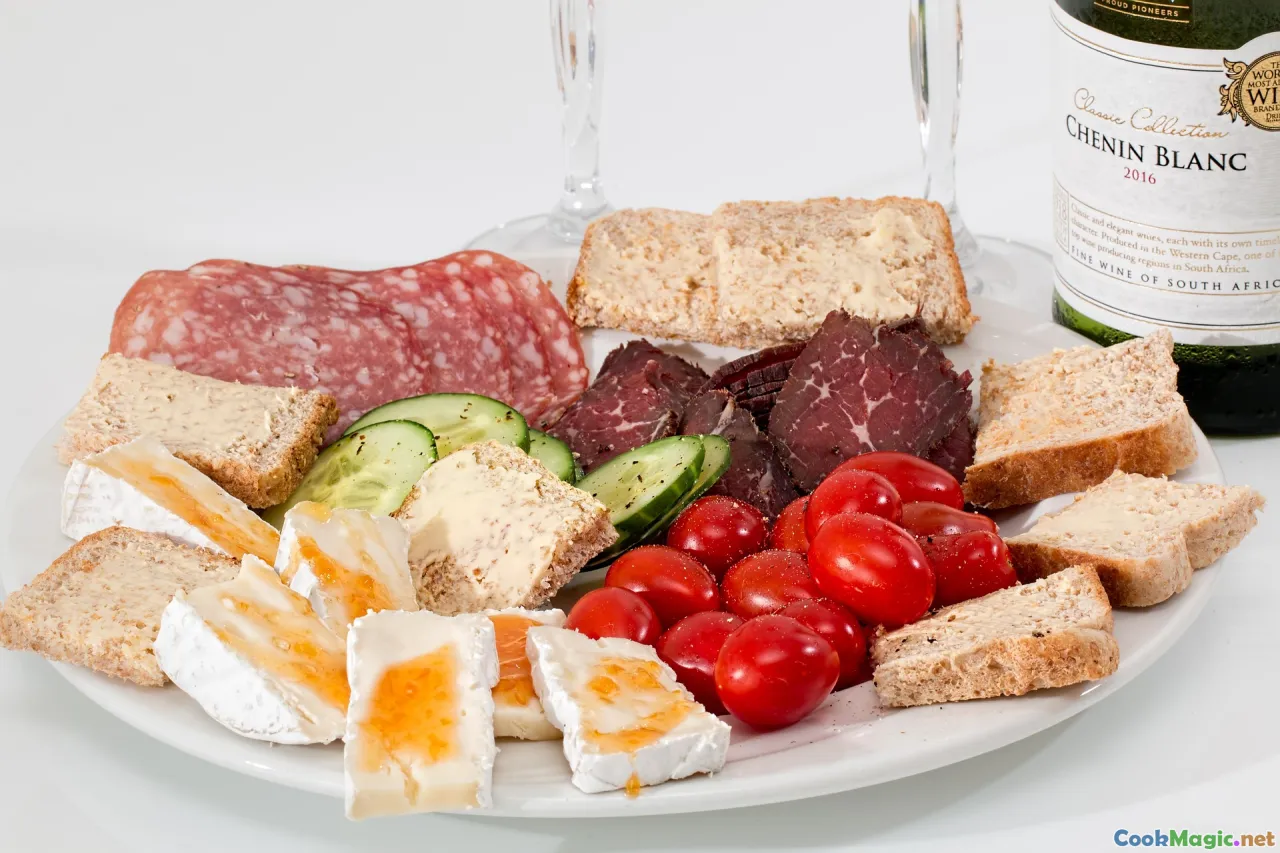
- Make more dredge than you think you need. Flour gets clumpy and oily; refresh the bowl halfway through service.
- Set two stations if space allows: dredge and rack on one side, fry and rack on the other. Keep your clean and cooked lanes separate.
- Fry dark meat first; it holds better. Breasts and wings go last to maximize juiciness.
- Use the oven as a mediator: hold finished chicken on racks at 225–250°F, rotating trays so no piece lives in the oven too long.
- Have a finishing seasoning in a shaker so you can move quickly. Hot paste can live in a warm nook on the stove and be brushed on to order.
- If you are saucing, sauce right before serving; sauced crust softens fast.
Respecting the Lineage While Making It Your Own

There is a reason the best Southern cooks can bristle when people talk about reinventing fried chicken. Reinvention without respect can feel like erasure. But cooking is a living art; it breathes through your hands and your choices, and it grows by listening.
If you want to add Korean gochugaru to your spice paste or a whisper of garam masala to the dredge, ask what you are chasing. If the answer is flavor and not novelty, if you can still taste the chicken beneath your ideas, you are moving with the grain of tradition, not against it. Keep the bones of the technique—brine for tenderness and seasoning, a well-built crust, attentive heat, a proper rest—and you can build a porch on an old house without knocking down its timbers.
Edna Lewis wrote about frying spring chickens in a shallow pan, turning and basting until the skin became a burnished shield. Reading her, you sense that fried chicken is both craft and caretaking. That is the spirit worth guarding.
A Last Plate and the Quiet After
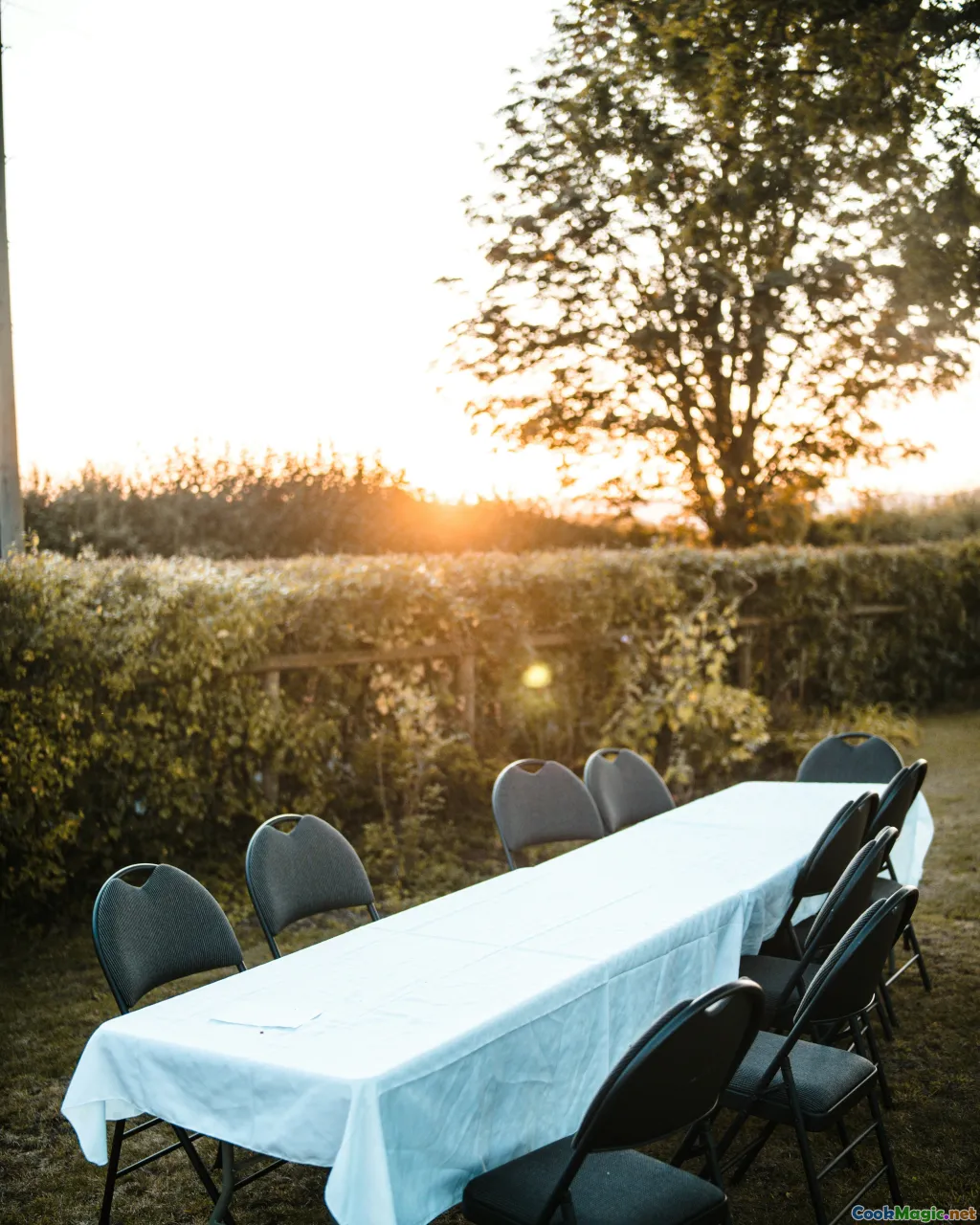
When the last batch comes out, it is tempting to dive in hot, your fingers burning and the crust shattering across the board like husks of caramel. Wait just a breath longer. Pass the biscuits, tip collards into a bowl where steam fogs your face, set a bottle of hot sauce down like a truce flag. Then lay the chicken on the table and watch what happens: conversation leans forward, hands hover, someone laughs because the smell says home.
Bite in. Hear the snap give way to a sigh. Taste the lactic twang beneath pepper’s hum, the sweetness of brown crust meeting the savory flood of juices, the faint whisper of smoke from the oil. That is the art of perfect buttermilk fried chicken: a conversation between science and memory, patience and appetite. It is what happens when heat teaches tenderness and a simple bird becomes something worthy of a Sunday. And when the table quiets, when only the crackle under your teeth remains, you will know you’ve told the story right in the language of your own skillet.









